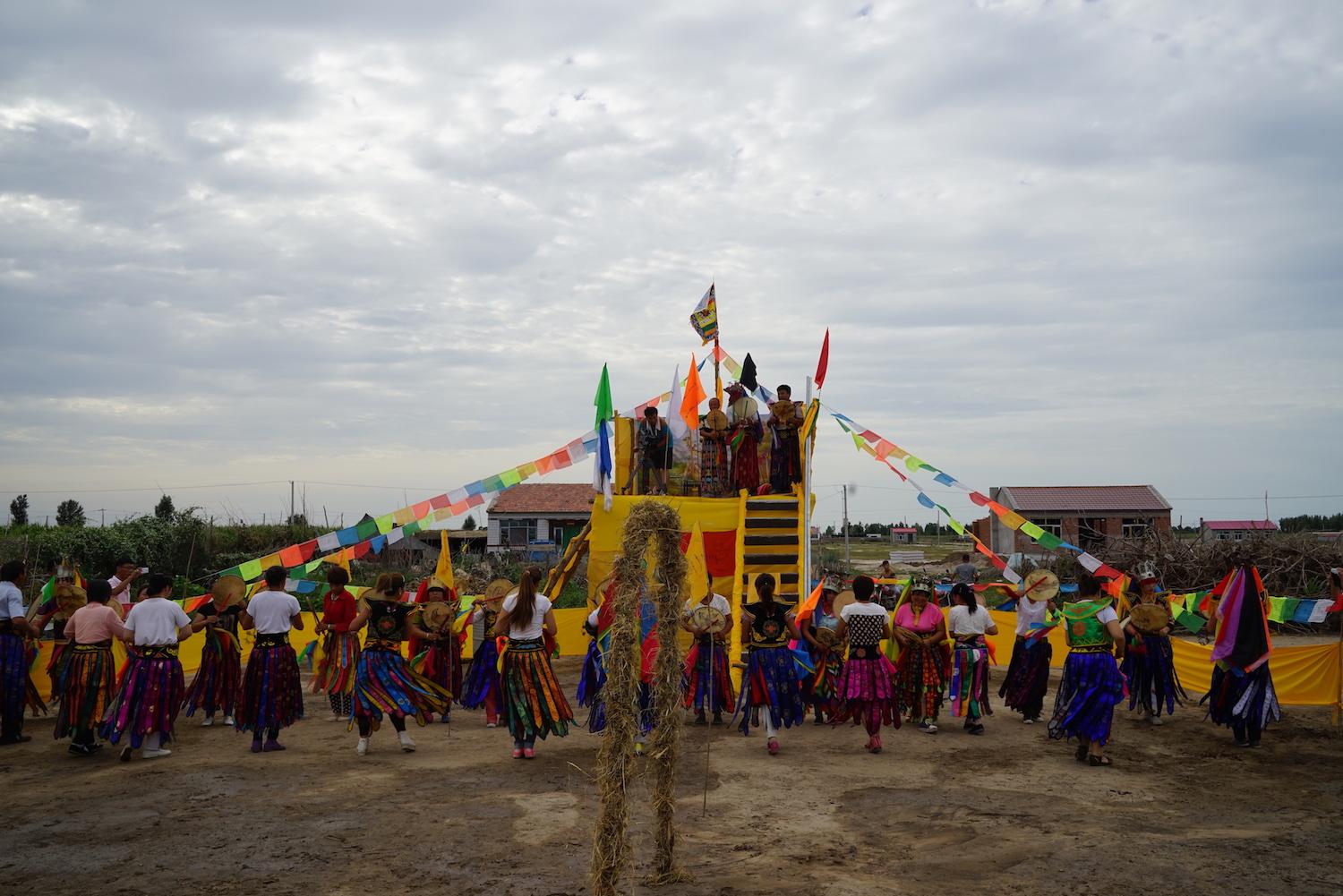
AHRC: Research Grant
Start date: 1 Mar 2020
End date: 28 Feb 2024
Key contacts:
Dr Elizabeth Turk (Research Associate)
Dr Uranchimeg Ujeed (Research Associate)
This project seeks to ethnographically explore the mechanisms linking health and cultural heritage during the COVID-19 pandemic. More specifically, it aims to understand how the management of culture affects health-related practices by asking: in what ways do public administration and national constructions of culture shape practices that influence health and wellbeing?
As a comparative study, Mongolian Cosmological Heritage focuses on two different regions that are well-known for shamanic and other healing practices: Ulaanbaatar and its environs in Mongolia, and Tongliao in Eastern IMAR, China. The strikingly divergent forms of shamanism and other 'traditional' Mongolian healing practices that have emerged on either side of the Chinese-Mongolian border invite study of the social, economic and other historical conditions that have led to divergent and contested re-appropriations of a common Mongolian cosmological heritage.
The recent spread of COVID-19 presents us with the opportunity and challenge of developing a comparative analysis of how healing practices – biomedical, ‘traditional’, and the many intersections in between – are mobilized to treat or prevent the spread of the disease. We are especially interested in how socio-historically embedded concepts and practices impact the ways in which prevention and treatment are understood and engaged. This could be seen, for example, in the constellation of historical influences that inform notions ofpurity and toxicity and related moral realms and ethical projects, from state socialist-era hygiene campaigns to whipping the body in shamanic ritual for purification, or the burning of dung as incense to cleanse the body and home.
Methodologically, sustained ethnographic engagement in both regions focuses on patients, practitioners, organizational and institutional relations, as well as healing techniques associated with shamanism, fortune-telling, bone-setting and Traditional Mongolian Medicine, and their intersections with (bio)medical conceptions and practices. An approach wider than the strictly biomedical allows us to begin from a standpoint that resists an a prioribiomedical understanding of COVID-19. A more-than-biomedical COVID-19 allows us to stay epistemologically open. This includes the standpoint that multiple ontologies of disease remains a methodological point of enquiry and not a teleological foreclosure.
Thematically, this study will illuminate the ways in which public administration and national constructions of culture shape practices that influence health and wellbeing. This focus on a unique historical event will provide insight into changes to regional healing practices and their social, cultural and political contexts, while contributing to COVID-19-related studies further afield.
